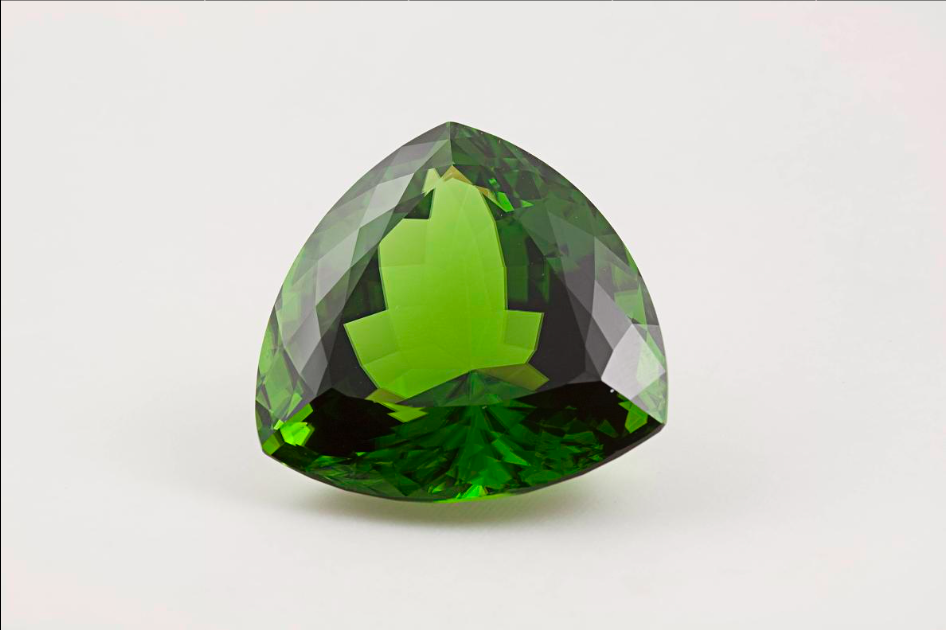All About Peridot: The August Birthstone
The primary birthstone for the month of August is the apple-green variety of the mineral olivine that goes by the name of peridot.
The Origins and Cultural Significance of Peridot
The origins of the word peridot are heavily disputed; some scholars suggest it evolved from the classical Latin paederot, signifying a kind of opal, others say it came from the Arabic faridat, meaning gem, and still more believe it came from the French peritot, meaning gold.
Mined by ancient Egyptians on the Red Sea island of Zabargad, the gem was known in ancient Egypt as the “gem of the sun.” It was so sought after by the Egyptians at that time, they kept the island’s location a secret in order to protect the mines and the treasures they put forth.
It is also said that a variety of peridot has been found in Pallasite meteorites. Pallasite meteorites are stony-iron meteorites derived from an extinct planet that likely was destroyed during the formation of our solar system roughly 4.5 billion years ago, with some of the rarer crystals being large enough to cut into faceted gemstones.
While peridot is no longer mined on the island of Zabargad, it currently is found in Myanmar, Pakistan, Brazil, Kenya, Australia, Sri Lanka, and in the United States. In fact, the principal source of peridot (80% to 90% of the world’s supply) is the San Carlos Apache Indian Reservation in Arizona, though the gem is also mined in parts of Arkansas, Hawaii, Nevada, and New Mexico.
Notable Peridot Jewelry

This 100.15 carat peridot is currently on display at the Smithsonian.
It has been said that Cleopatra’s emerald collection largely was made up of peridot, but with little archaeological evidence of Cleopatra’s jewels, it is difficult for anyone to comment on her actual collection. The Three Holy Kings Shrine in Germany’s Cologne Cathedral, which is decorated in 200 carats of gems, was mistakenly said to be covered in emeralds, but they actually turned out to be peridots once examined more closely.
The largest peridot in the world is 100.15 carats and was mined in Pakistan. This stone is currently on display at the Smithsonian.
The Properties and Hardness of Peridots

Photo courtesy of The Spruce
In terms of color, most peridot is green with a yellow undertone, however, the deeper green versions of the gem are usually more sought-after thus making them more valuable. The gem can cut in a variety of faceted forms but is also popular as a cabochon in contemporary jewelry pieces.
Unlike sapphire or spinel, peridot’s intense green color is the only color in which the gem exists, though its shades can certainly vary from yellowish=green to olive color to grass green. With a chemical makeup that includes magnesium and iron (its makeup is technically (MgFe)2SiO4), the stronger the iron present in the mineral, the deeper the greenish color.
The Mohs scale for gemstone hardness lists peridot as a 6.5 to 7, and peridot can also be lab grown—just as many other gemstones are—by using an identical chemical makeup.
Peridot still remains a popular and recognizable birthstone to this day, and with colored gemstones becoming more popular among millennials who are looking to get engaged with a non-traditional ring, it doesn’t seem that peridot will be disappearing from the limelight anytime soon.
The gemstone is often seen set into yellow gold which brings out the stone’s golden undertones and has been used in a wide variety of styles and settings including bezel-set (for larger stones) or pavé-style (for smaller stones).







